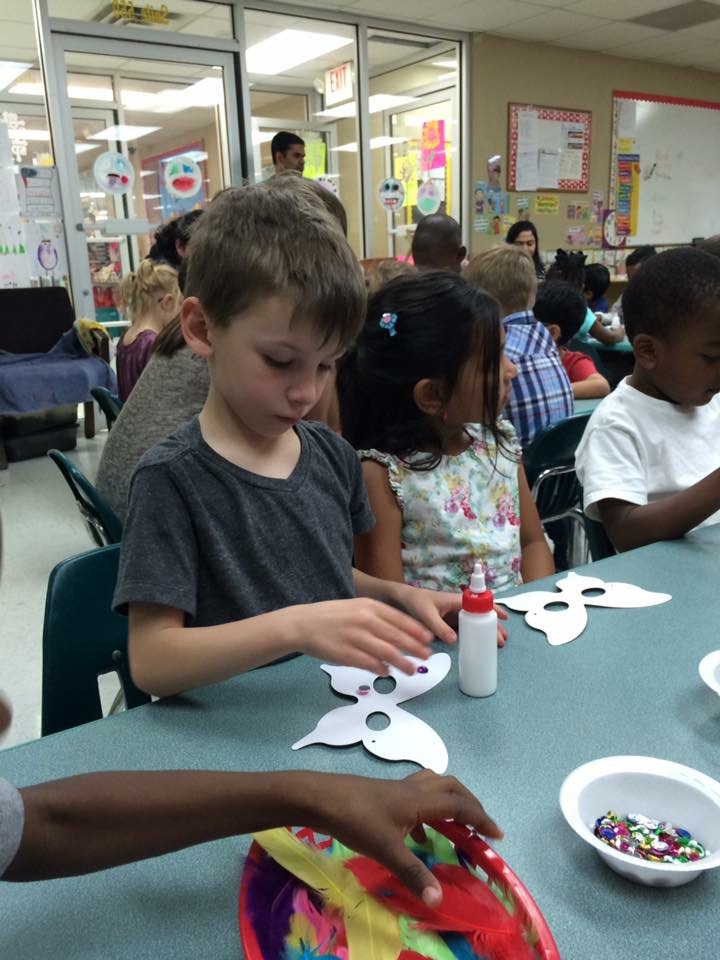Classroom apathy is a term used to describe the lack of interest and energy displayed by students toward classroom lessons and assignments. Various factors contribute to this disengagement from academic activities, including tiredness, stubbornness, anxiety, and low self-esteem. In some cases, developmental issues may also play a role in causing classroom apathy.
Some students who lack motivation may have gaps in their academic knowledge, which makes them feel like learning is too difficult for them. Some have family issues that they feel take priority over their school work. Additionally, some students may have personality conflicts with the classroom environment, which can make it challenging for them to learn effectively.
Classroom Apathy Hurts
When a student is apathetic towards classroom learning, it can hinder their personal growth. This can result in their skills and talents not developing properly, making it difficult for them to understand their strengths and weaknesses. Ultimately, this can hinder their future success and negatively impact the learning experience of their peers in the classroom. It leads to boredom, depression, anxiety, and a decline in self-esteem. It’s important to address this issue so everyone in the class can have a positive and productive learning experience.
Strategies for Apathy
- Identify the cause. The causes of apathy may stem from academic deficiencies, personality issues, or family disruptions. Information gathered through observation, interviews, and self-assessment can aid in understanding the issue’s root, leading to the development of interventions and support.
- Bond and build a rapport. Trust among students and teachers is important. A positive and supportive environment helps students to feel important. Students need to know the teacher is truly interested in their learning and to show concern for their needs. Positive, constructive feedback for the students is important.
- Differentiate instruction. Apathy exists if students are disengaged in the curriculum or have an academic gap. Differentiation is a way to adapt materials and activities to meet student needs.
- Give Students a voice. Students with a say in their learning process feel empowered to set goals and self-regulate.
- Fun involves everyone. Engaging all students requires keeping lessons fun and novel, and using surprises to stimulate attention.
- Consult a counselor or professional. When students become apathetic, it can be helpful to consult with a school psychologist, nurse, or other professional.
Engaging all students can be a challenging task. However, it’s important not to give up on any student and avoid nagging or shaming them. Don’t feel powerless when trying to help students with apathy, instead, remember that teachers have the power to improve attitudes.



